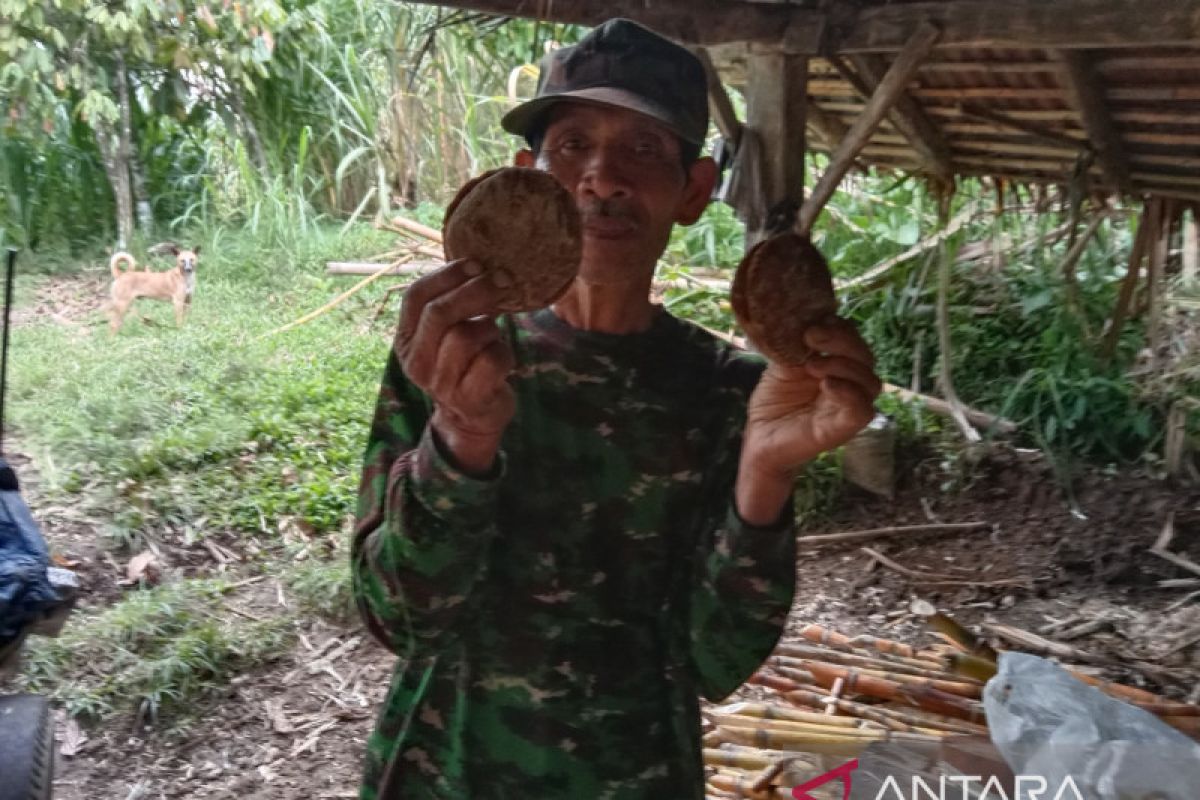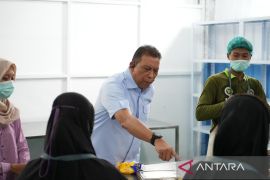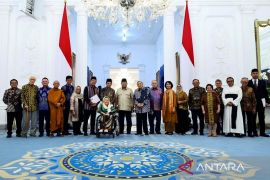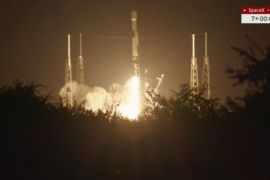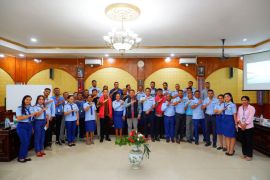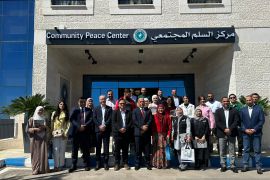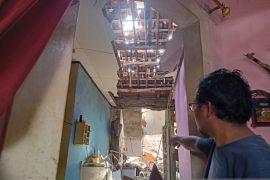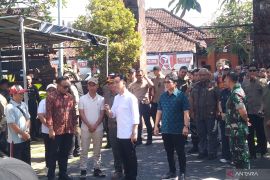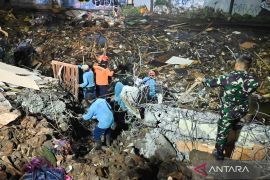"I compel all my brothers and sisters now to diversify white sugar into palm sugar. We can produce as much brown sugar as possible," the agency’s head, Dedi Nursyamsi, said in a statement received here on Saturday.
He underlined the extraordinary potential for domestic sugar development in Indonesia, indicated by the fact that Indonesia was the largest sugar exporter during the colonial era.
"We are an archipelagic country. We are a country with the longest coastline in the world because the islands are more than 17 thousand. This means that coconut grows everywhere and it is our source of sugar," Nursyamsi said.
Not only that, Indonesia also has varieties of palm plants that can grow on their own without being planted in the highlands. Palm sugar could be sourced from these plants, too.
On a separate occasion, Agriculture Minister Syahrul Yasin Limpo proposed the development of coconut sugar and palm sugar production.
"Actually, don't rely too much on cane sugar. Make it an opportunity to develop coconut sugar. Our coconut trees are (everywhere)," he said.
Director of seasonal crops and spices, Ardi Praptono, said that the balance of sugar consumption experienced a deficit of approximately 600 thousand tons. Only 2.2 million of the 2.8 million tons of sugar needed were produced in the country.
He informed that programs have been conducted to accelerate the achievement of self-sufficiency in sugar by 2023, including by extending the area under sugar cultivation by 50 thousand hectares, which is expected to increase consumption of sugar by 359 thousand tons of harvested dry grain (GKP).
Additionally, his administration will intensify the loading and unloading of 75 hectares of ratoons, and it is expected that in three years, it would produce 178 thousand tons of GKP. By taking care of 125 thousand hectares of ratoons, it would also produce a total of 178 thousand tons of GKP.
“So, the total results from the extensification and intensification are 676 thousand tons of obtained GKP. This is the target we want to achieve in the 2020–2023 period," he said.
Ambassador of Banten Millennial Farmers, Sarnata, said that Indonesia, particularly Banten, has abundant natural resources, including sugar palm.
"In addition, it turns out that the number of sugar palm farmers in Banten is 13 thousand. This means that the involvement of sugar palm farmers in rural areas is quite (extensive)," he noted.
However, not many sugar palm farmers had adopted innovations, resulting in an imbalance between high productivity and farmers' incomes, he added.
Related news: PTPN III aims for self-reliance in sugar production
He said that product diversification was done to address the issue.
According to Sarnata, by pushing for innovations, the shelf life of palm sugar can be made longer than usual, providing added value, and thereby, higher profits.
Product packaging would solve shelf-life issues, as it would allow for products to last up to a year. It would also lead to better distribution to other areas, he said.
On top of that, standardization and certification, such as health permits, halal permits, and laboratory tests, are important, he said. Those would function as a way to convince prospective buyers.
Related news: Ministry commends sugar factory development in East Sumba remote area
Translator: Feru Lantara, Mecca Yumna
Editor: Rahmad Nasution
Copyright © ANTARA 2022
